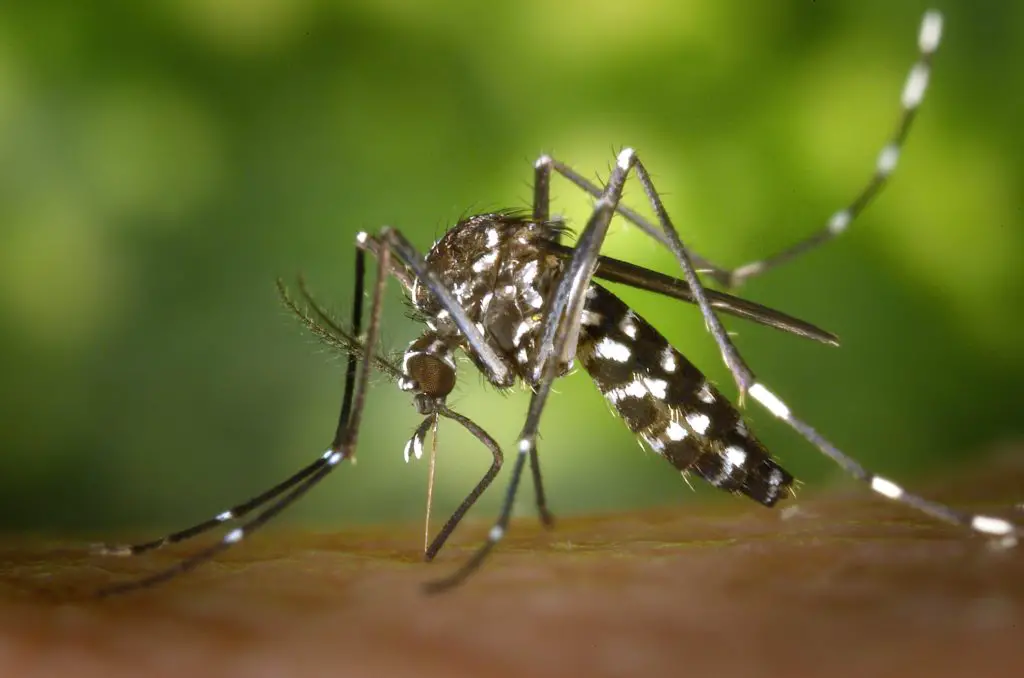Achondroplasia
What is Achondroplasia?
It is a disorder of bone growth that causes the most common type of dwarfism.
What are the causes of Achondroplasia?
It is one of a group of disorders called chondrodystrophies, or osteochondrodysplasias.
It may be inherited as an autosomal dominant trait, which means that if a child gets the defective gene from one parent, the child will have the disorder. If one parent has achondroplasia, the infant has a 50% chance of inheriting the disorder. If both parents have the condition, the infant’s chances of being affected increase to 75%.
However, most cases appear as spontaneous mutations. This means that two parents without achondroplasia may give birth to a baby with the condition.
What are the symptoms of Achondroplasia?
The typical appearance of achondroplastic dwarfism can be seen at birth. Symptoms may include:
- Abnormal hand appearance with persistent space between the long and ring fingers
- Bowed legs
- Decreased muscle tone
- The disproportionately large head-to-body size difference
- Prominent forehead (frontal bossing)
- Shortened arms and legs (especially the upper arm and thigh)
- Short stature (significantly below the average height for a person of the same age and sex)
- Narrowing of the spinal column (spinal stenosis)
- Spine curvatures called kyphosis and lordosis
Which tests are done for Achondroplasia?
During pregnancy, a prenatal ultrasound may show excessive amniotic fluid surrounding the unborn infant.
Examination of the infant after birth shows increased front-to-back head size. There may be signs of hydrocephalus (“water on the brain”).
X-rays of the long bones can reveal achondroplasia in the newborn.
What treatment options are available for Achondroplasia?
There is no specific treatment available. Related abnormalities, including spinal stenosis and spinal cord compression, should be treated when they cause problems.
What’s the prognosis?
People with achondroplasia seldom reach 5 feet (1.5 meters) in height. Intelligence is in the normal range. Infants who receive the abnormal gene from both parents do not often live beyond a few months.
What are the Possible Complications?
Health problems that may develop include:
- Breathing problems from a small upper airway and from pressure on the area of the brain that controls breathing
- Lung problems from a small ribcage
When to Contact a Medical Professional
If there is a family history of achondroplasia and you plan to have children, you may find it helpful to speak to your health care provider.
Prevention
Genetic counselling may be helpful for prospective parents when one or both have achondroplasia. However, because achondroplasia most often develops spontaneously, prevention is not always possible.
References
Hoover-Fong JE, Horton WA, Hecht JT. Disorders involving transmembrane receptors. In: Kliegman RM, St Geme JW, Blum NJ, Shah SS, Tasker RC, Wilson KM, eds. Nelson Textbook of Pediatrics. 21st ed. Philadelphia, PA: Elsevier; 2020:chap 716.
Krakow D. FGFR3 disorders: thanatophoric dysplasia, achondroplasia, and hypochondroplasia. In: Copel JA, D’Alton ME, Feltovich H, et al, eds. Obstetric Imaging: Fetal Diagnosis and Care. 2nd ed. Philadelphia, PA: Elsevier; 2018:chap 50.









